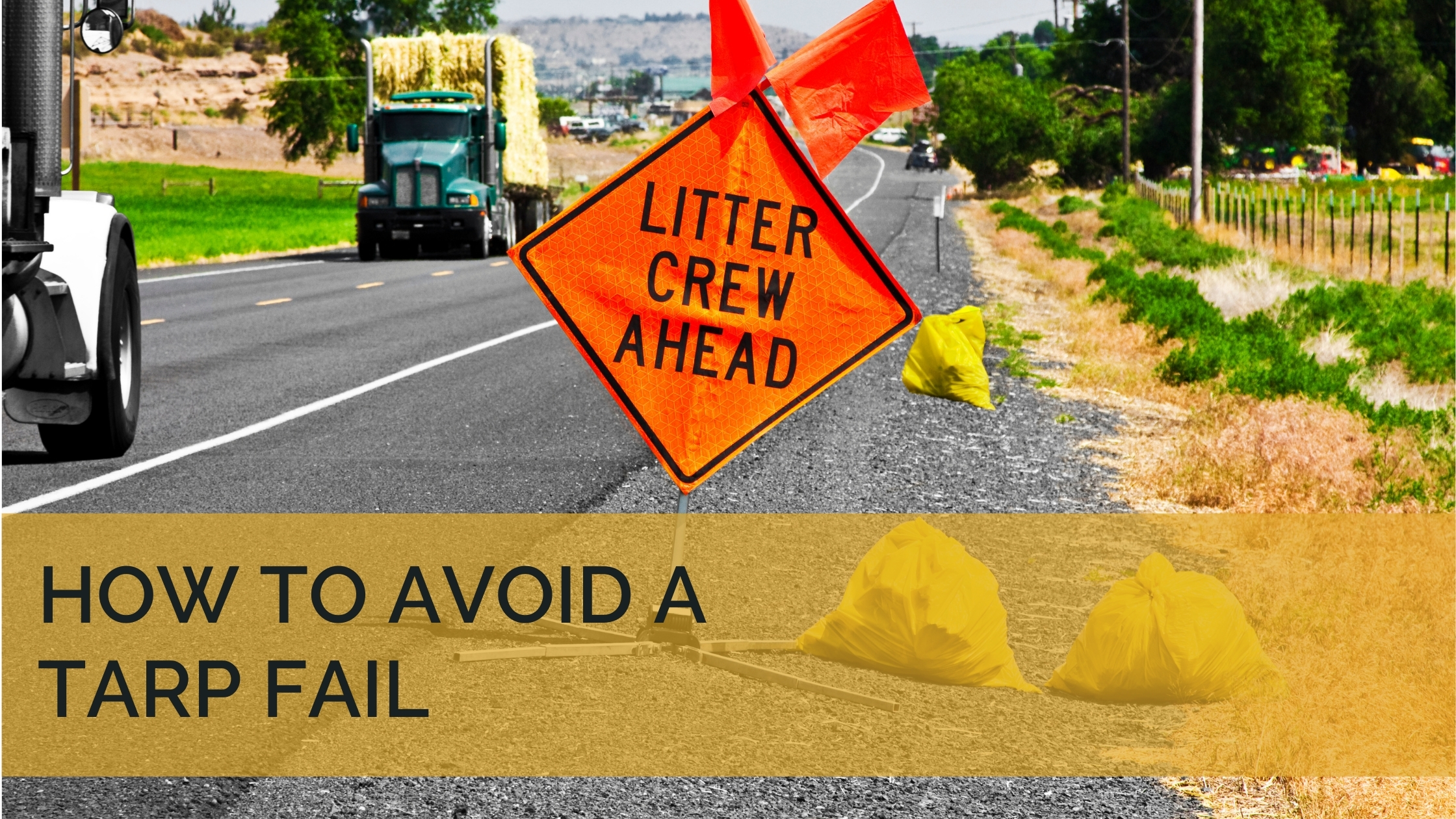
How to Avoid A Tarp-Fail with Over-Dimensional Loads
Is this your shipment?!
We hope you haven’t but we also hear about this happening frequently. The last thing you want is your product arriving at the consignee in a different condition than it left your facility.
Why does this happen?
Setting proper tarping expectations is an integral part of open deck transportation and crucial to our partner solutions. Tarping isn’t always straight forward. There are various sizes, shapes, and material types, so your carrier needs to be aware of the tarping specifications beforehand.
The lack of carrier-broker communication and expectations can result in major tarping issues, and the risk is only that much greater if you’re requesting a tarp for an over-dimensional shipment.
Let’s look at this in more detail…
Why Do Carriers Use a Tarp?
Our partners request their shipments to be tarped for one main reason: So the freight arrives on-site in the same condition it left their facility.
Common elements over the road that can damage the freight: various types of weather, debris, rain (rust) and smoke…
None of us can guarantee exactly what’s going to happen during transit. We might face unexpected weather conditions, an influx of smoke or soot, debris on the roads.
Often, carriers choose to tarp shipments to prevent the movement or friction of loose parts during transport in addition to protecting sensitive transports from adverse weather conditions: heat, rain, cold, and UV rays.
The right tarp ensures your shipment reaches its destination in the same condition it left the origin facility.
How To Prepare For Tarping an Over-Dimensional Load
Transporting over-dimensional loads takes a lot of planning, and tarping responsibility is on both the broker and the carrier but it starts with the Broker. Brokers have to communicate exact tarping measurements and specifications to carriers prior to transport to ensure success.
Over-dimensional loads at times require larger, custom or more uniquely shaped tarps than the average truckload. It’s essential that the broker takes the responsibility upon themselves to set proper tarping expectations with the driver/motor carrier in advance.
Diligence is one of our core values at SiLo, we ensure that the following questions are answered for our carriers:
- What are the tarping requirements of this shipment?
- What are the dimensions of each piece of the shipment?
- Does every piece need to be tarped?
- Can we get a picture of the material/commodity?
- Does it have sharp edges? Do we need blankets or edge protectors?
When brokers value their shipper and carrier partnership, these questions are paramount to ensuring success.
Carriers take pride in their work and want to do everything in their power to ensure your product arrives in the same condition it left. Brokers need to enable their carrier partners to accomplish this through diligence, preparation and open communication.
At SiLo, our partners (both shipper and carrier) trust us to ask all the appropriate questions.
Working With Proper Carriers for Tarped Shipments
Some carriers don’t have tarps. Some only carry 1 set of tarps. Others have multiple sets to accommodate unique situations.
It’s important that you choose to both work with an experienced carrier and set clear expectations before the job. Here at SiLo, we build relationships with our carriers to match you with the right one for the job.
Avoid Tarping Issues
When your shipment leaves your facility, you want it to reach your customer in the same condition it left: pristine and undamaged.
Tarping over-dimensional shipments can be complex but at Simple Logistics Solutions, our job is to provide simple solutions to the most complex situations in transportation.
